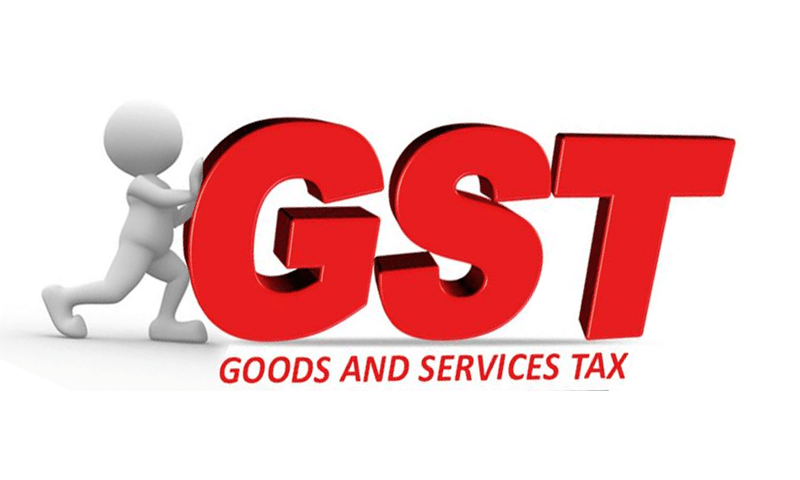In December, the Goods and Services Tax (GST) collections in India witnessed a remarkable surge, marking a substantial 10% year-on-year increase, reaching a staggering ₹1.64 lakh crore. This surge is not just a statistic; it represents a significant economic indicator and unveils the story of India’s recovery post-pandemic.

Understanding GST
GST, a comprehensive indirect tax, has played a pivotal role in shaping India’s taxation landscape. Enacted to streamline the country’s complex tax structure, GST aims to simplify compliance and boost economic growth. Its significance cannot be overstated, considering its role as a key revenue generator for the government.
Factors Contributing to Growth
The surge in GST collections can be attributed to several factors. The economic recovery post-pandemic has fueled increased consumer spending and business activities. Government initiatives, coupled with strict enforcement to curb tax evasion, have contributed to the uptick in revenue. Additionally, businesses displaying enhanced compliance have further boosted the collections.
Impact on Small and Medium Enterprises (SMEs)
For small and medium enterprises (SMEs), GST compliance can be a double-edged sword. While it streamlines taxation processes, it also presents challenges. The government is cognizant of this and has implemented measures to support SMEs in navigating the complexities of the GST framework.
Comparison with Previous Months
Analyzing the growth trajectory over the past months reveals fascinating insights. Identifying patterns and anomalies helps in predicting future trends and understanding the dynamics influencing GST collections.
Government’s Response
Government officials’ statements and future plans regarding GST collections are critical to understanding the strategic direction. Transparent communication ensures stakeholders are well-informed.
Expert Opinions
Insights from economists and financial analysts deepen our understanding of the implications of increased GST collections on broader economic indicators.
Quick Review:
1. What contributed to the significant increase in GST collections? The increase in GST collections can be attributed to factors such as economic recovery, government initiatives, and improved business compliance.
2. How does GST impact small and medium enterprises (SMEs)? GST streamlines taxation for SMEs but presents challenges. The government has implemented measures to support them in navigating the complexities.
3. Are there challenges hindering optimal GST collection? Yes, challenges like tax evasion, delayed payments, and procedural complexities persist. The government is actively working on strategies to address these issues.
4. What is the government’s response to the surge in GST collections? Government officials have acknowledged the success and outlined future plans to optimize GST collections, ensuring transparency.
For detail study click here
